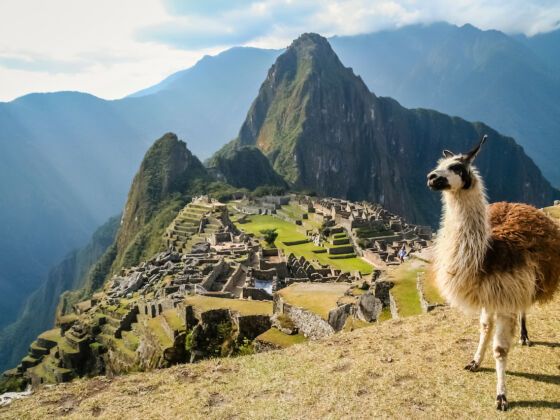You may only hike Machu Picchu once in your life so you should try to plan for the best experience. Here is everything you need to know before hiking Machu Picchu:
1. It’s exclusive.
On pictures, Machu Picchu seems out in the open and available to all, but that’s not the case at all — this Inca Trail hike is very exclusive and in demand. You’ll want to book your tour at least 6 months in advance to get a coveted spot on a Machu Picchu hike.
The 500-people per day rule is strictly enforced to ensure that you get the most amazing experience. The exclusivity allows you to feel a sense of isolation and it protects the site from rowdy tourists.
